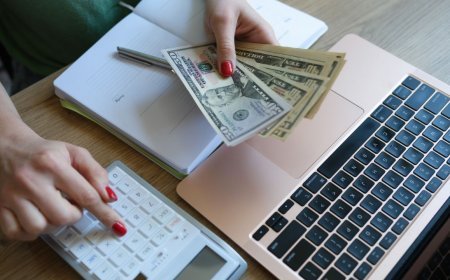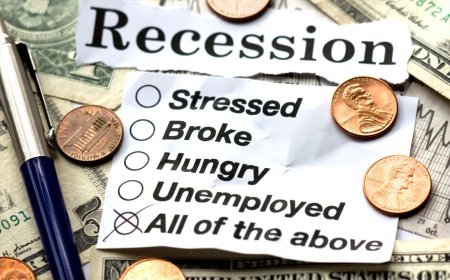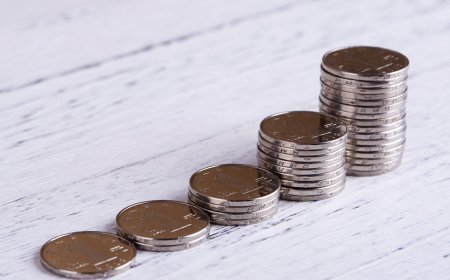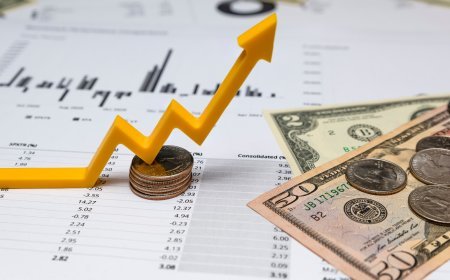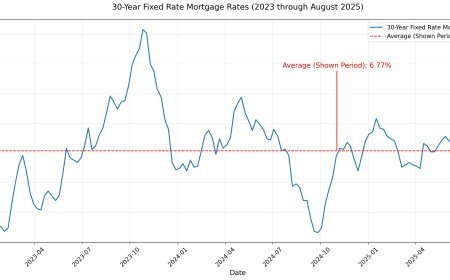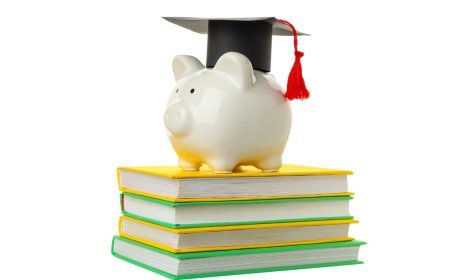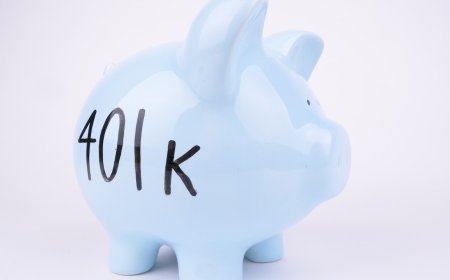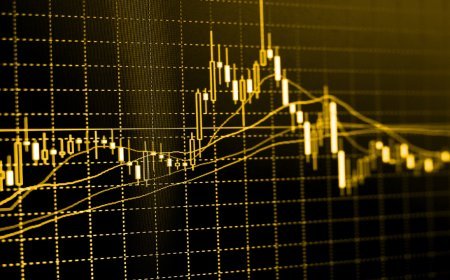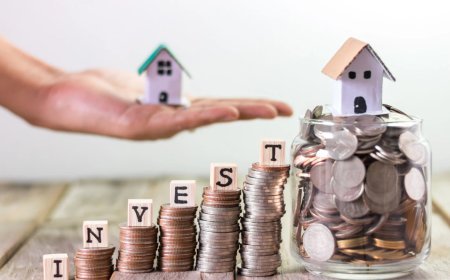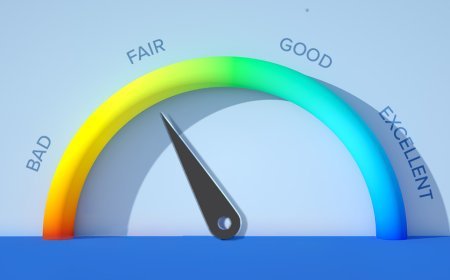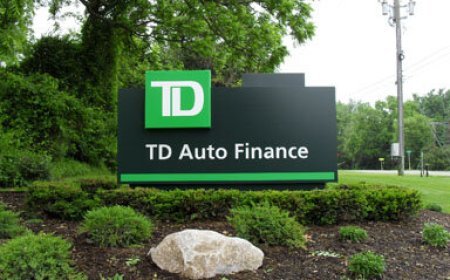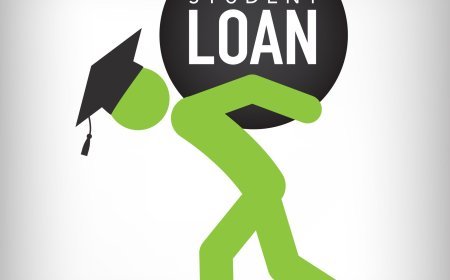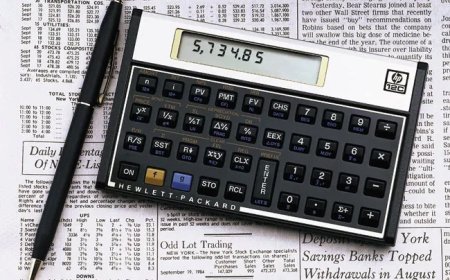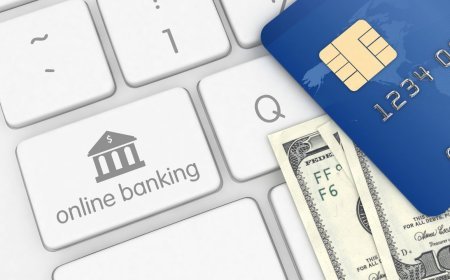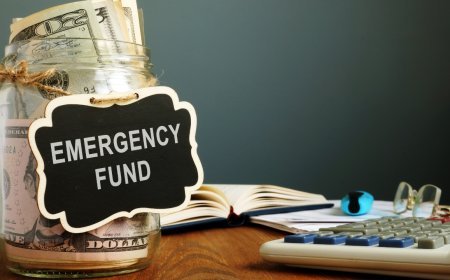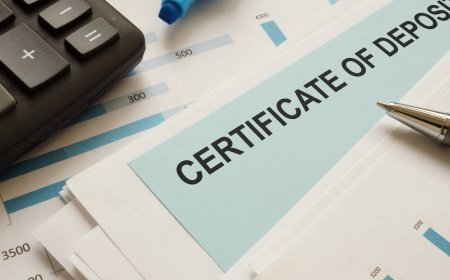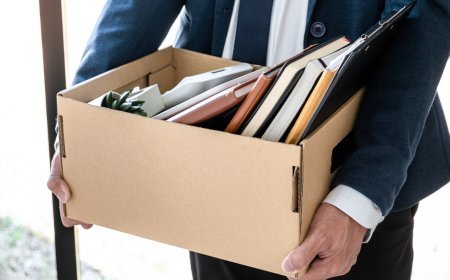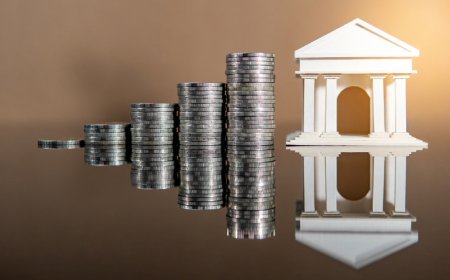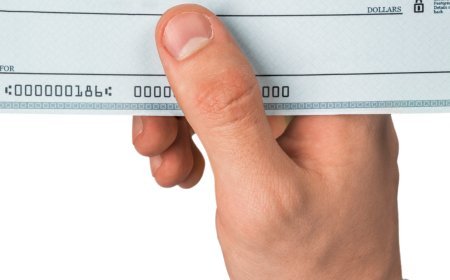The Ultimate Guide to Building Your Emergency Fund: How Much You Really Need
Building an emergency fund feels like trying to fill a bucket with a hole in it—just when you think you're making progress, life throws you a curveball. Whether it's an unexpected car repair, medical bill, or job loss, these financial surprises have a knack for arriving at the worst possible moments. The age-old advice of saving three to six months of expenses sounds simple enough, but the reality is far more nuanced. Your ideal emergency fund depends on your job stability, family situation, health considerations, and even your personality. Some people sleep better with a year's worth of expenses tucked away, while others feel comfortable with just a few thousand dollars as a buffer.
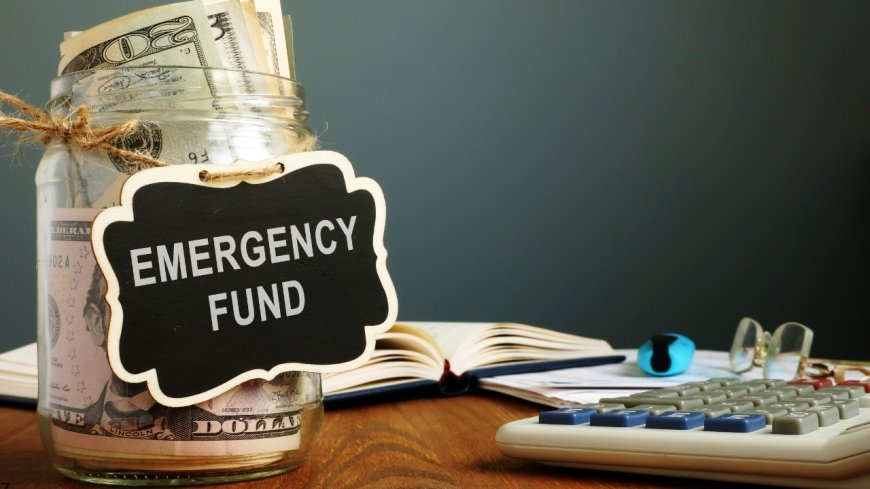
In This Article:
- Why the Standard Rules Don't Work for Everyone: Understanding why your emergency fund needs are unique to your situation.
- The Real Math Behind Emergency Fund Calculations: How to determine your actual monthly expenses and multiply smartly.
- Job Security and Industry Considerations: Why a teacher needs different coverage than a freelance consultant.
- Building Your Fund Without Breaking Your Budget: Practical strategies to save consistently without sacrificing your quality of life.
- Where to Keep Your Emergency Money: The best accounts that balance accessibility with growth potential.
Your ideal emergency fund depends on your job stability, family situation, health considerations, and even your personality. Some people sleep better with a year's worth of expenses tucked away, while others feel comfortable with just a few thousand dollars as a buffer. The key is finding the sweet spot that provides genuine security without tying up so much money that you miss other financial opportunities.
Beyond the Cookie-Cutter Advice
Financial experts love to throw around the three-to-six-months rule, but this one-size-fits-all approach ignores the complexity of modern life. A single person with a stable government job and excellent health insurance has vastly different needs than a married couple with children where both spouses work in volatile industries.
The foundation of any emergency fund calculation starts with understanding your true monthly expenses, not just your take-home pay. This means diving deep into your spending patterns and identifying what you absolutely must pay each month versus what you could temporarily eliminate during a crisis.
Essential expenses typically include housing costs, utilities, food, transportation, insurance premiums, minimum debt payments, and basic healthcare needs. Non-essential expenses might include dining out, entertainment, subscriptions, and discretionary shopping. During a true emergency, you'd likely cut the non-essentials first, meaning your emergency fund doesn't need to cover your full monthly spending.
Industry and Employment Considerations
Your career path significantly influences your emergency fund needs. Healthcare workers, teachers, and government employees often enjoy more job security and predictable income, potentially requiring smaller emergency funds. Meanwhile, sales professionals, freelancers, contractors, and those in volatile industries like technology or hospitality might need larger cushions.
Consider not just your current job security, but also how quickly you could find new employment in your field. Software developers in major tech hubs might find new positions within weeks, while specialized professionals in smaller markets might need months to secure comparable roles.
Dual-income households face interesting calculations. If both partners work in stable industries, the chance of simultaneous job loss is relatively low, potentially justifying a smaller emergency fund. However, if you work in related fields or the same company, your risks might be more correlated than you realize.
Health and Family Factors
Medical emergencies represent one of the most common and expensive financial surprises Americans face. Your health insurance quality, deductible amounts, and family medical history should all influence your emergency fund size. A family with high-deductible health plans and chronic health conditions needs more coverage than young, healthy individuals with comprehensive insurance.
Parents face additional considerations around childcare costs, school expenses, and the reality that children seem to have emergencies at the most inconvenient times. Single parents particularly need robust emergency funds since they lack a partner's income to fall back on during crises.
Homeowners need larger emergency funds than renters due to maintenance and repair responsibilities. When your roof starts leaking or your HVAC system fails, you can't call a landlord—you need immediate access to repair funds.
The Psychology of Emergency Funds
Your personality and risk tolerance play crucial roles in determining your ideal emergency fund size. Natural worriers might need larger funds to sleep well at night, while optimistic risk-takers might feel comfortable with smaller cushions. There's no shame in either approach—the best emergency fund is one that actually provides you with peace of mind.
Some people find that having too large an emergency fund creates its own stress, as they watch inflation erode their purchasing power while the money sits in low-yield accounts. Others discover that inadequate emergency funds create constant anxiety about potential financial disasters.
Building Strategies That Actually Work
The biggest challenge most people face isn't determining how much to save, but actually accumulating the money. Starting with a small, achievable goal like $1,000 creates momentum and confidence. Once you've proven to yourself that you can save consistently, larger goals become more manageable.
Automating your emergency fund contributions removes the temptation to spend the money elsewhere. Set up automatic transfers to occur right after payday, treating your emergency fund like any other essential bill. Even $50 per month adds up to $600 annually, providing meaningful protection against smaller emergencies.
Consider using windfalls like tax refunds, bonuses, or gifts to jumpstart your emergency fund. While it's tempting to spend unexpected money on fun purchases, directing these funds toward your emergency fund can accelerate your progress significantly.
The envelope method works well for emergency fund building. Each time you receive cash or avoid a planned expense, put that money directly into your emergency fund. Skipped the expensive coffee? Emergency fund. Found $20 in an old jacket? Emergency fund. These small amounts accumulate faster than you might expect.
Optimal Storage Solutions
Emergency funds need to balance three competing priorities: accessibility, safety, and growth. You need to access the money quickly during emergencies, protect it from loss, and ideally earn some return to combat inflation.
High-yield savings accounts represent the sweet spot for most emergency funds, offering FDIC insurance protection, quick access, and interest rates that at least partially offset inflation. Online banks typically offer the best rates, though you'll sacrifice the ability to walk into a branch during emergencies.
Money market accounts provide similar benefits with slightly more flexibility, often including check-writing privileges and debit cards. Some people prefer keeping a portion of their emergency fund in a money market account for immediate access while storing the remainder in higher-yield savings accounts.
Certificates of deposit can work for portions of your emergency fund if you structure them carefully. A CD ladder with staggered maturity dates provides regular access to funds while earning higher interest rates than savings accounts. However, this approach requires more management and planning.
When Your Fund Isn't Enough
Even the best-planned emergency fund might prove inadequate for truly catastrophic events. This reality makes it important to understand your backup options before you need them. Home equity lines of credit, 401(k) loans, and credit cards can provide additional emergency funding, though each comes with significant drawbacks.
The key is viewing these options as last resorts rather than primary emergency strategies. Credit cards carry high interest rates that can turn temporary emergencies into long-term financial problems. 401(k) loans rob your retirement savings of growth potential and can become immediately due if you lose your job.
Maintaining and Adjusting Your Fund
Emergency funds aren't set-and-forget financial tools. Your needs change as your life evolves, requiring periodic reassessment and adjustment. Marriage, divorce, children, job changes, home purchases, and health changes all warrant emergency fund reviews.
After using your emergency fund, prioritize replenishing it quickly. The psychological relief of having used your fund successfully often motivates faster rebuilding than the original accumulation process. You've proven the fund's value and developed the saving habits needed to rebuild it.
Remember that emergency funds represent insurance against financial catastrophe, not investment vehicles for wealth building. While earning some return is nice, the primary purpose is providing security and peace of mind. A properly sized and funded emergency account creates the foundation for all other financial goals by ensuring that temporary setbacks don't derail your long-term plans.
What's Your Reaction?
 Like
0
Like
0
 Dislike
0
Dislike
0
 Love
0
Love
0
 Funny
0
Funny
0
 Angry
0
Angry
0
 Sad
0
Sad
0
 Wow
0
Wow
0

